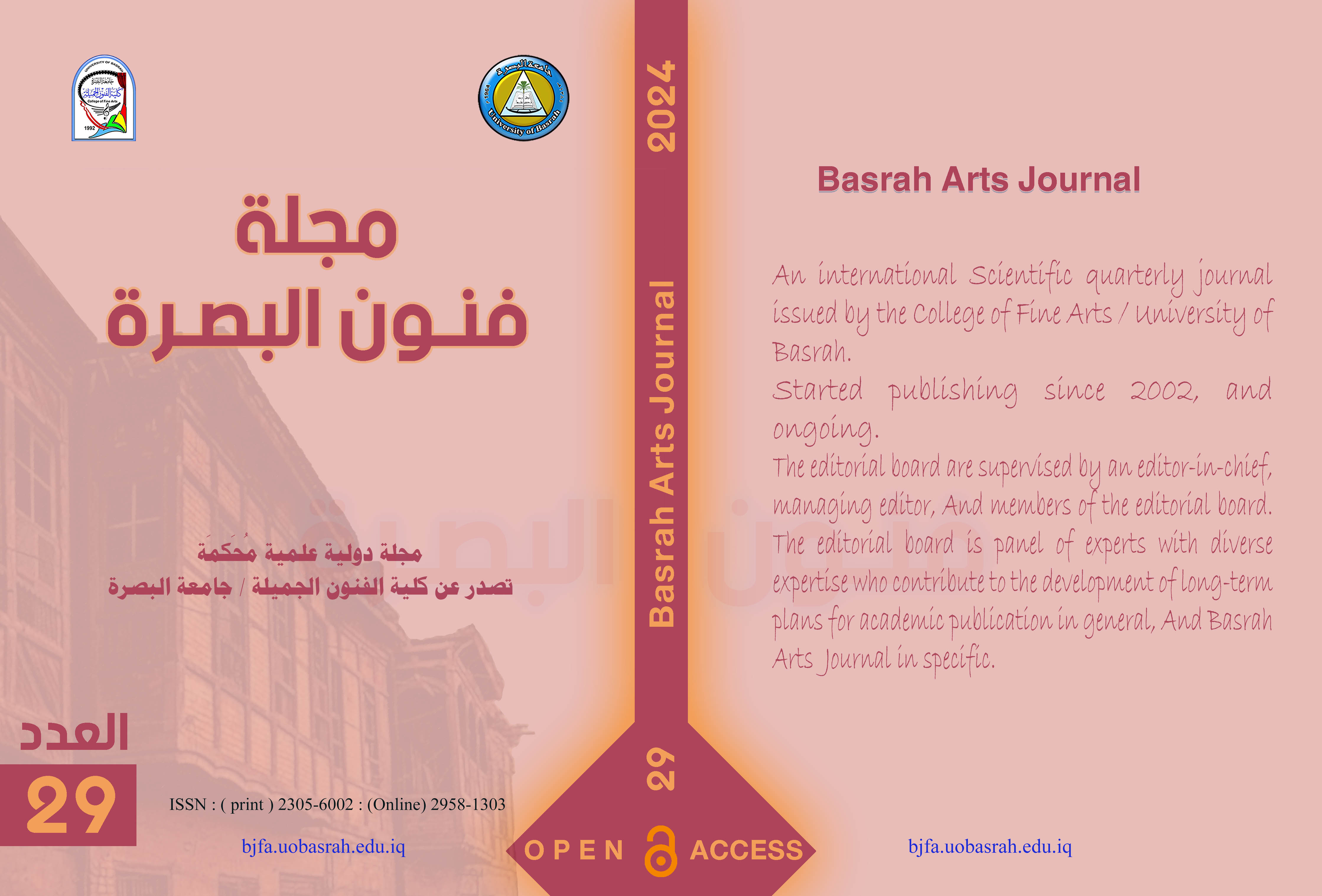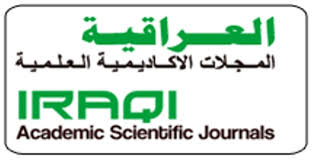The Aesthetics of Timurid and Safavid Miniatures
A Comparative Study
DOI:
https://doi.org/10.59767/2024.05/29.5Keywords:
Aesthetics, Miniatures, Timurid, SafavidAbstract
This research studies the aesthetics of Timurid and Safavid miniatures in a comparative manner. The first chapter deals with the research problem, its importance, and defining the most important terms used in it. The research problem included the topic of the aesthetics of Timurid and Safavid miniatures in the drawings of both eras through the artistic works produced by Islamic painting schools, where each school has characteristics that distinguished it from the other. The research problem was overcome through the following question: How did the Muslim artist achieve the miniatures aesthetics in manuscripts for both eras?
The II chapter, the theoretical framework, includes four sections: the first on the aesthetics of Islamic art, the second on the art of Islamic miniatures, the third on the most important artistic features of painting (the Timurid era), and the fourth of the (Safavid) era. The third chapter included the research procedures, and the fourth chapter included the results and conclusions.
The functional treatment of the concept of space designated for Islamic miniatures came according to a fruitful and sincere artistic and functional emotional approach within the relationships of creation that give it a spiritual feeling due to what the elements of construction have of multiple intellectual meanings and connotations, such as transferring the stories and events that were prevalent at that time, to documenting the style of Islamic architecture and the type of clothing worn by Muslims, the moral and social values that appeared through the interpretation of the movements of people in the Islamic miniature, as came in most of the sample models.
References
A survey of Persian Art1958Oxford
Afifi, F. (1997). The Origins of Ornamentation, Its Value and Its Fields (Vol. 1st edition). Cairo: Dar Al-Kitab Al-Arabi.
Al-Bahashi, S. (1990). Scenes of Rapture in Iranian Painting in the Timurid and Safavid Eras. Cairo: Madbouly Library.
Al-Bahnasi, S. (. (1990). Cairo: Manadher Al-Tarab.
Al-Basha, H. (1959). Islamic Painting in the Middle Ages. Cairo: Egyptian Nahda Library.
Al-Dali, F. (2010). The Impact of Iranian Complements on Islamic Art (Vol. 1st edition). Cairo: Arts and Literature Press.
Al-Musayli, M. (. (2018). Aesthetics of Arts in Islamic Culture. Cairo: Borouge Library.
Bashir, F. A. (1952). The Art of Islamic Miniatures. Cairo: Eastern Institute of Antiquities Press.
Cairo Demand, M. S. (2012). Islamic Arts. Cairo: Dar Al-Maaref.
Demand, M. S.-M. (2012). Islamic Arts. Dar Al-Maaref: Cairo.
Fargali, A. (. (2000). Islamic photography, its origins, Islam’s position on it, its origins and its schools (Vol. 2nd edition). Cairo, Al-Dar Al-Masryah Al-Libnani.
Hanward, Z. (2011). The Wisdom of Islamic Art. Damascus: The Wisdom of Islamic Art.
Hassan, Z. (2017). Photography and Photographers’ Media in Islam, Arab Press Agency- Publishers. Beirut: Arab Press Agency- Publishers.
Hussein, M. I. (2010). The School in Islamic Painting. Cairo: Cairo.
Ibn Manzur, A. (. (n.d.). Lisan al-Arab. (Vol. vol. 1. 1st edition). Cairo: Dar al-Ma’arif Printing.
Ibrahim, Q. (2017). Journal of Problems of Theorizing in Islamic Aesthetics. Iraq-babylon: Nabu Magazine.
Jenzy, H. T. (2020). Body Transformations in Drawings the Artist Muhammed Mehraddin. Academy(95), pp. 143-160. doi:https://doi.org/10.35560/jcofarts95/143-160
Kulaib, S. (1997). The Aesthetic Intention in Arab-Islamic Thought. Damascus: Publications of the Ministry of Culture.
Maher, S. (. (1986). Islamic Arts. Cairo: Egyptian General Book Authority.
Okasha, T. (1983). Persian and Turkish Photography. Beirut: Arab Foundation for Studies and Publishing.
Salbia, J. (1973). The Philosophical Dictionary (Vol. 1). Beirut: Lebanese Book House.
Wahba, M. (1966). The Story of Aesthetics (Vol. 1st edition). Cairo: New Culture House.
Welch, S. (1976). Persian painting five Royal Safari Manuscripts the sixteenth the Century. New York: New York.
Downloads
Published
How to Cite
License
Copyright (c) 2024 Maeda Tareq Mohammed (Author)

This work is licensed under a Creative Commons Attribution 4.0 International License.







